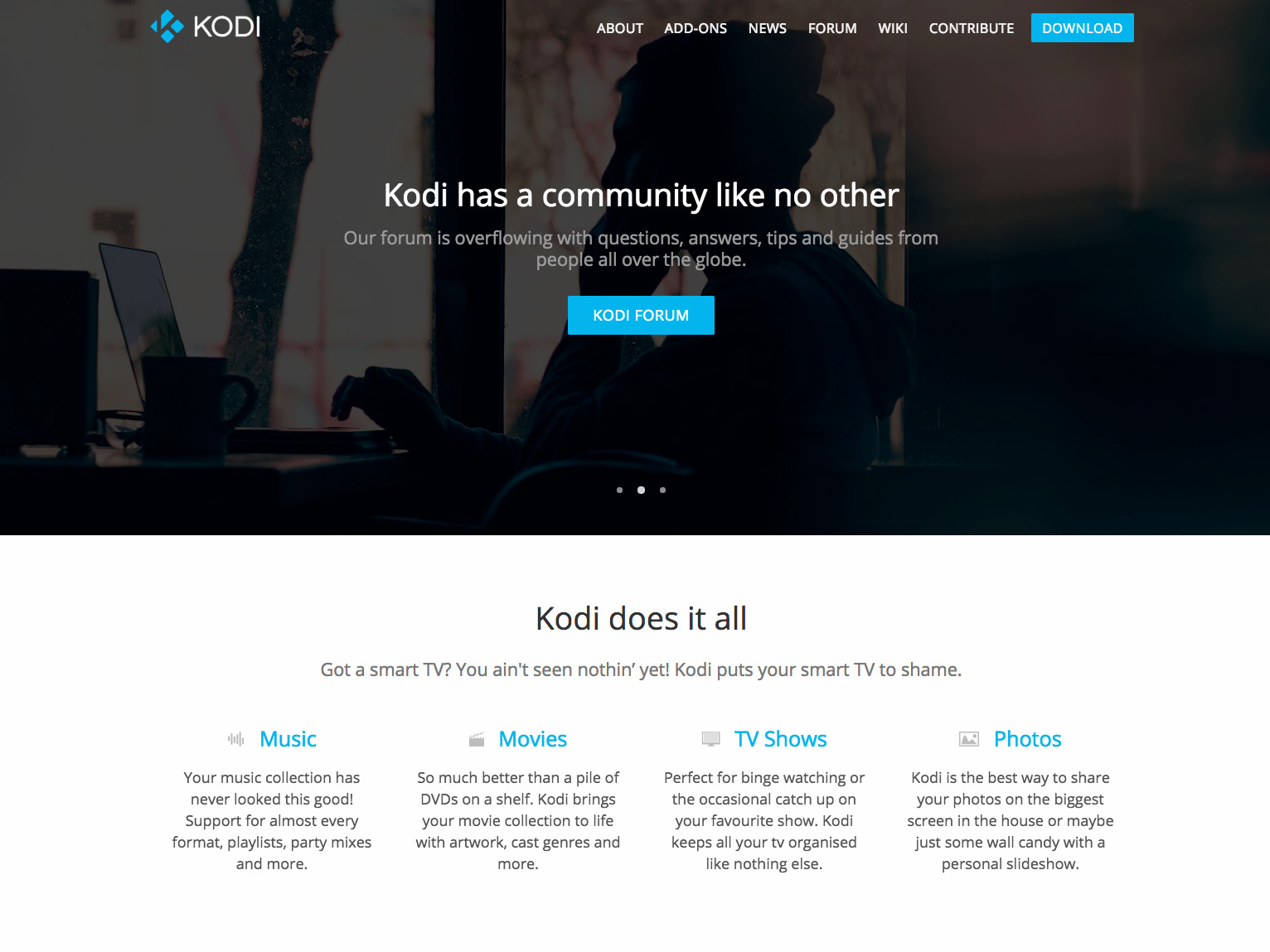
Waterloo, Ontario-based networking solutions company Sandvine has released a new study that indicates ‘free TV’ Android TV boxes are becoming increasingly popular in the Canadian market.
The broadband equipment company monitored the home internet traffic of tens of thousands of Canadian households over the course of a month to gather its findings, discovering that more than seven percent of Canadian homes are utilizing an Android TV-based platform called Kodi.
While Android TV coupled with Kodi can be used for more than just piracy purposes, Sandvine estimates that the majority of the households included in the study were utilizing the box to stream pirated content to their television.
“Kodi is often referred to by name as the root of the unlicensed content streaming problem, but the true roots of the problem appear to be the illegitimate video service providers and file hosts who are making a profit by enabling access to unlicensed content,” said Don Bowman, the CTO of Sandvine.
Google’s Android TV operating system, which is utilized by a variety of third-party manufacturers, is far from illegal and operates as an open-source competitor to the Apple TV, Roku and other set-top box platforms. Kodi, a popular Android TV app that’s also available on other platforms, can also be used for legitimate purposes, though this is rarely the case.
Last year Bell, Rogers and Quebec-based Vidéotron took legal action against 45 Canadian dealers selling ‘loaded’ Android TV boxes. The term ‘loaded’ or ‘fully loaded’ typically refers to an Android TV that is sold preinstalled with Kodi plug-ins and add-ons that facilitate piracy, like Exodus and Specto, for example.
The three main cable giants in Canada are unsurprisingly not pleased with the growing popularity of Kodi in the Canadian market, and have won a temporary injunction, preventing the targeted dealers from continuing to sell the devices. Still, ads for fully-loaded Kodi boxes can be found with a quick Kijiji search and in locations as brazen as shopping malls.
Bell currently offers its own IPTV solution, Fibe TV, and reportedly has plans to expand its internet television related offerings with a new over-the-top solution that’s set to launch in the near future.
Rogers, on the other hand, has partnered with Comcast to utilize the U.S. company’s X1 platform for its upcoming IPTV platform, which is set to be released in the first quarter of 2018.
Kodi — which was formerly known as XBMC — is an open source media player that allows users to view local and remote videos on devices like Android TV set-top boxes, smartphones, PCs and tablets. While the Kodi name has become associated with piracy, it’s the unofficial add-ons that are really to blame for the proliferation of unlicensed content on the service.
Other interesting Android TV and Kodi related statistics gleaned from Sandvine’s study include the following:
- 8.8 percent of North American households have at least one device with an active Kodi installation
- 68.6 percent of households with Kodi devices also have unofficial add-ons configured to access unlicensed content
- Approximately 6 percent of all households in North America, currently have a Kodi device configured to access unlicensed content
MobileSyrup may earn a commission from purchases made via our links, which helps fund the journalism we provide free on our website. These links do not influence our editorial content. Support us here.




